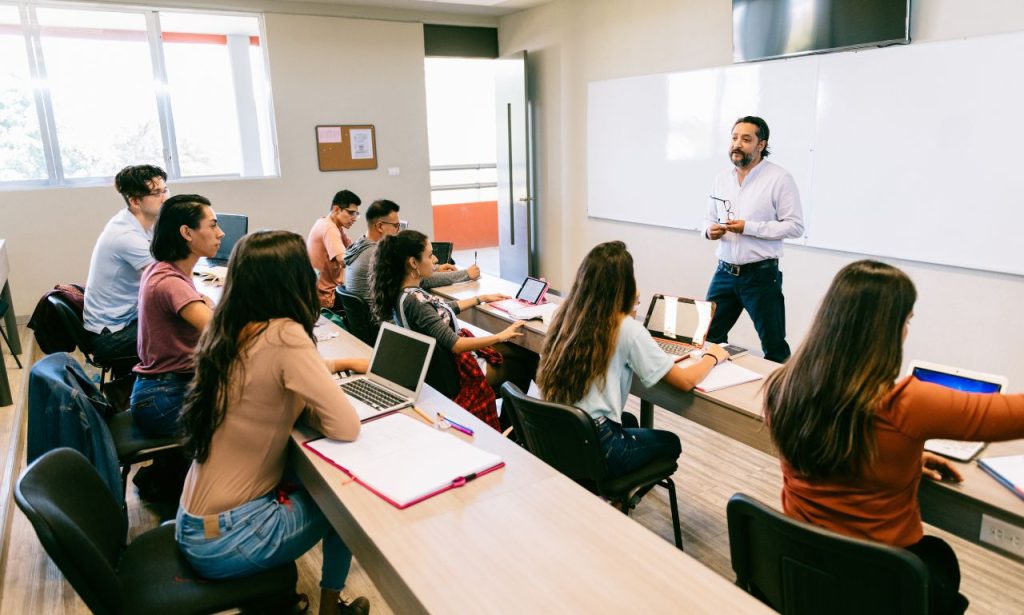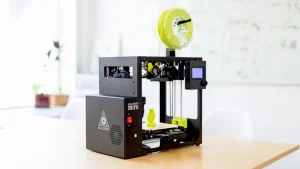As educators and parents, we are entrusted with a profound responsibility: to nurture that spark, to fan the flames of intrinsic motivation, and to cultivate lifelong learners who approach challenges with enthusiasm and resilience. This isn’t about pushing students towards external rewards or pressuring them with the fear of failure. This is about guiding them to discover the inherent joy and satisfaction of learning for the pure love of it. This is about how to intrinsically motivate students.
Understanding Intrinsic Motivation
Imagine a child deeply engrossed in building a tower, completely oblivious to the world around them. They’re not driven by the promise of a prize or praise; they’re captivated by the challenge itself, the satisfaction of creating something with their own two hands. This is the essence of intrinsic motivation – the drive that comes from within, fueled by inherent enjoyment, curiosity, and a desire to learn and grow.
In contrast to extrinsic motivation, which relies on external rewards or pressures, intrinsic motivation is a powerful force that can lead to deeper learning, greater creativity, and a lifelong love of learning. When students are intrinsically motivated, they:
- Are actively engaged in the learning process: They ask questions, seek out information, and participate enthusiastically in discussions.
- Persist through challenges: They view setbacks as opportunities for growth and are more likely to persevere when things get tough.
- Take ownership of their learning: They set personal goals, monitor their progress, and take pride in their accomplishments.
- Experience greater joy and satisfaction: Learning becomes its own reward, leading to a sense of fulfillment and accomplishment.
Importance of Autonomy in Learning

One of the most powerful ways to cultivate intrinsic motivation is to foster a sense of autonomy in students. When students feel they have a voice and a choice in their learning, they are more likely to be engaged, invested, and motivated to succeed.
Think of it this way: would you be more excited about a project you chose for yourself or one that was assigned to you? The same principle applies to students. When they have the opportunity to explore topics that interest them, to pursue their own questions, and to have a say in how they learn, their motivation soars.
Here are some practical strategies to promote autonomy in your classroom or home:
- Offer choices: Whenever possible, provide students with options for assignments, projects, and even how they demonstrate their learning. For example, allow them to choose between writing an essay, creating a presentation, or recording a podcast.
- Encourage student-led projects: Empower students to take ownership of their learning by guiding them to design and pursue their own projects based on their interests.
- Provide opportunities for self-reflection: Encourage students to reflect on their learning process, identify their strengths and areas for growth, and set personal learning goals.
Setting Mastery Goals for Deeper Learning
The type of goals we set can significantly impact our motivation and ultimately, our success. When it comes to fostering intrinsic motivation, shifting the focus from performance goals to mastery goals is key.
- Performance goals are focused on external validation – achieving a specific grade, outperforming others, or gaining recognition. While these goals can provide temporary motivation, they often lead to a fear of failure and a reluctance to take risks.
- Mastery goals, on the other hand, center around the pursuit of knowledge and skill development. Students with mastery goals are driven by a desire to understand, to improve, and to master new concepts. They view mistakes not as failures, but as opportunities for learning and growth.
Here’s how you can encourage the development of mastery goals:
- Emphasize the learning process: Focus on effort, strategies, and progress rather than solely on end results. Praise students for their perseverance, their creative problem-solving, and their willingness to learn from their mistakes.
- Provide opportunities for feedback and revision: Create a safe space for students to receive constructive feedback, to revise their work, and to continuously improve their skills.
- Celebrate personal growth and progress: Recognize and celebrate individual student achievements, highlighting the progress they’ve made from their starting point.
The Role of Constructive Feedback
Feedback is an essential element of the learning process, but not all feedback is created equal. While praise can be motivating in the short term, it’s crucial to focus on providing constructive feedback that fosters growth and encourages a growth mindset.
- Focus on the process, not the person: Instead of saying “You’re so smart,” try “You used a really effective strategy to solve that problem. Tell me more about your thoughts.”
- Be specific and actionable: Instead of saying “Good job,” provide specific feedback that students can use to improve. For example, “Your essay had a strong introduction, and you provided compelling evidence to support your points. Consider adding a concluding sentence to summarize your main argument.”
- Frame feedback as a gift: Help students understand that feedback is not criticism but rather a valuable tool that can help them learn and grow.
Fostering a Growth Mindset in Students

The beliefs we hold about ourselves and our abilities have a profound impact on our motivation and achievement. Students with a growth mindset believe that their intelligence and abilities are not fixed but can be developed through effort, learning, and persistence.
Here are some strategies to cultivate a growth mindset in your students:
- Teach students about the brain’s plasticity: Help them understand that the brain is like a muscle that can grow and strengthen with use. Share stories of individuals who have achieved great things through hard work and dedication.
- Normalize mistakes as part of the learning process: Create a classroom culture where mistakes are seen as opportunities for learning rather than something to be ashamed of. Encourage students to share their mistakes and what they learned from them.
- Praise effort and strategies: Instead of praising intelligence or talent, focus on praising students’ effort, persistence, and the strategies they use to overcome challenges.
Conclusion
The journey of fostering intrinsic motivation in students is an ongoing process, one that requires patience, creativity, and a deep understanding of how children learn best. By creating a supportive and engaging learning environment, by tapping into students’ passions, by setting them up for success, and by celebrating their achievements, we can ignite the spark of lifelong learning that will continue to burn brightly for years to come.
Remember, our ultimate goal as educators and parents is not to fill students with information but to ignite their curiosity, to nurture their love of learning, and to empower them to become self-directed, lifelong learners who approach the world with enthusiasm, resilience, and a thirst for knowledge. This is the power of understanding how to intrinsically motivate students.
ALSO READ: Social Awareness Activities for Students
FAQs
Relying solely on extrinsic rewards: While rewards can be effective in the short term, they can undermine intrinsic motivation in the long run.
Creating a high-pressure learning environment: Excessive pressure to perform can lead to anxiety, fear of failure, and a reluctance to take risks.
Ignoring students’ individual needs and interests: A one-size-fits-all approach to learning will not resonate with all students.
Failing to provide opportunities for autonomy and choice: When students feel they have no control over their learning, they are less likely to be engaged.
Intrinsically motivated students:
Are actively engaged in the learning process.
Ask thoughtful questions.
Seek out challenges.
Persist through setbacks.
Take initiative and ownership of their learning.
Express joy and satisfaction in the learning process.
Technology can be a powerful tool for enhancing intrinsic motivation when used thoughtfully and strategically. Interactive simulations, educational games, and virtual reality experiences can make learning more engaging, immersive, and relevant to students’ lives. However, it’s important to remember that technology is a tool, and its effectiveness depends on how it’s used.




